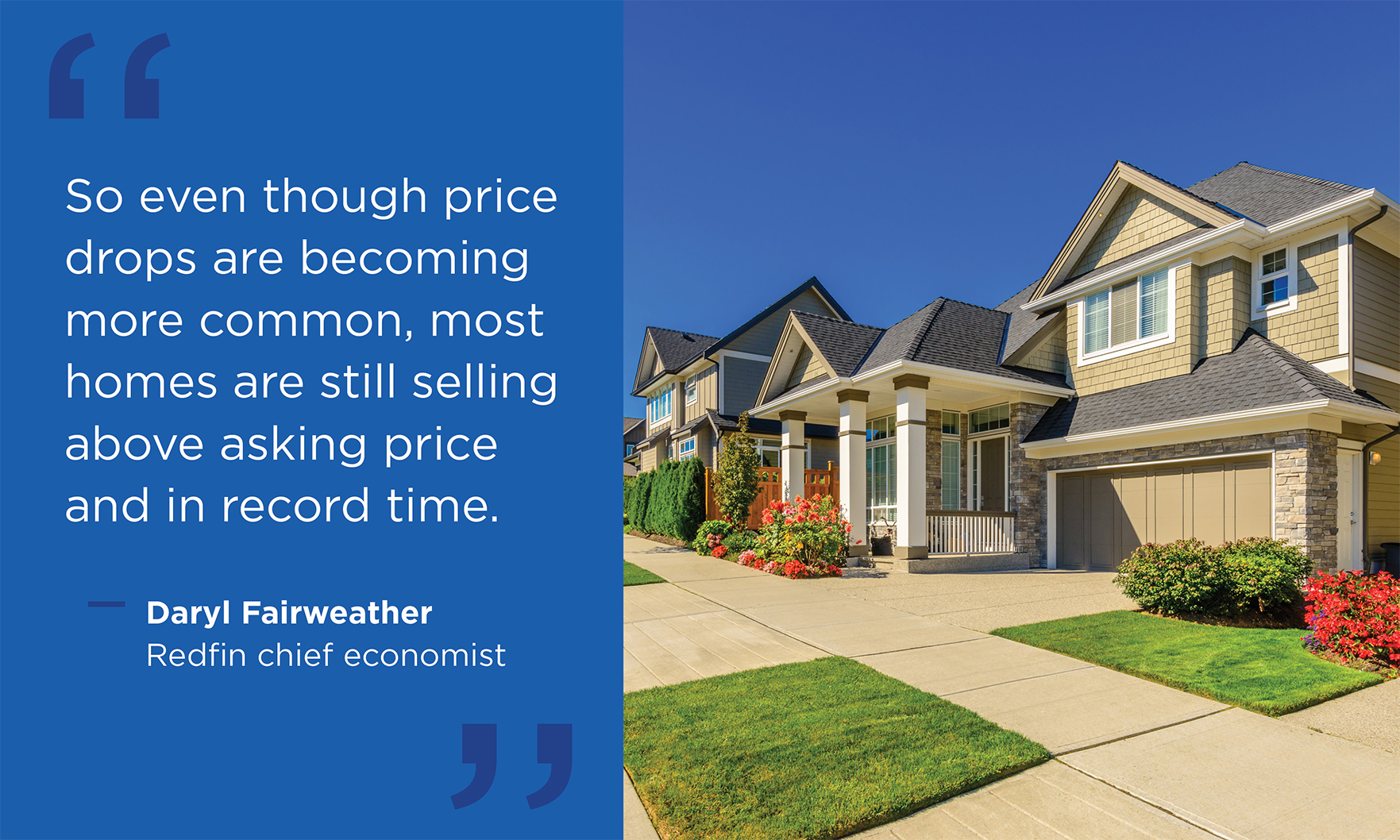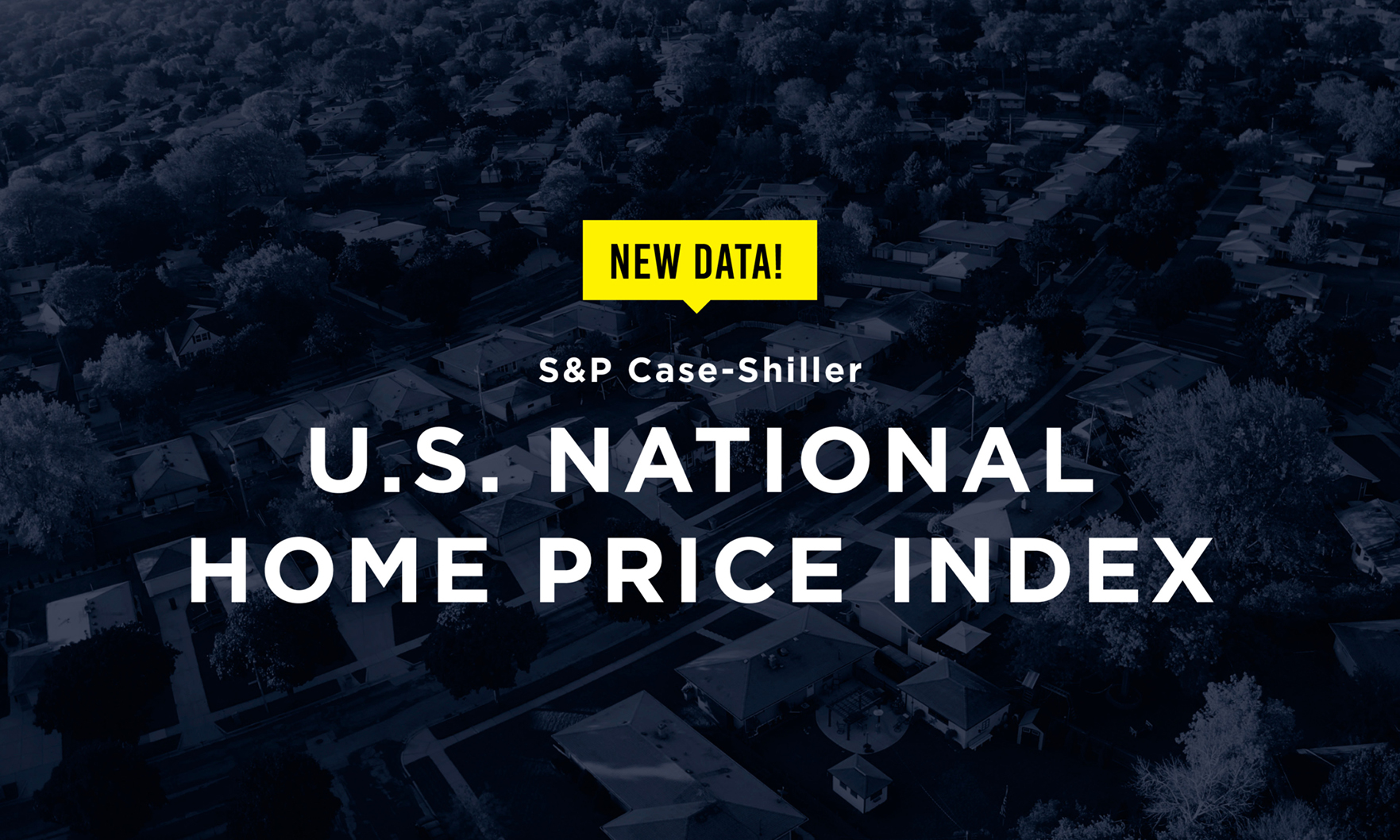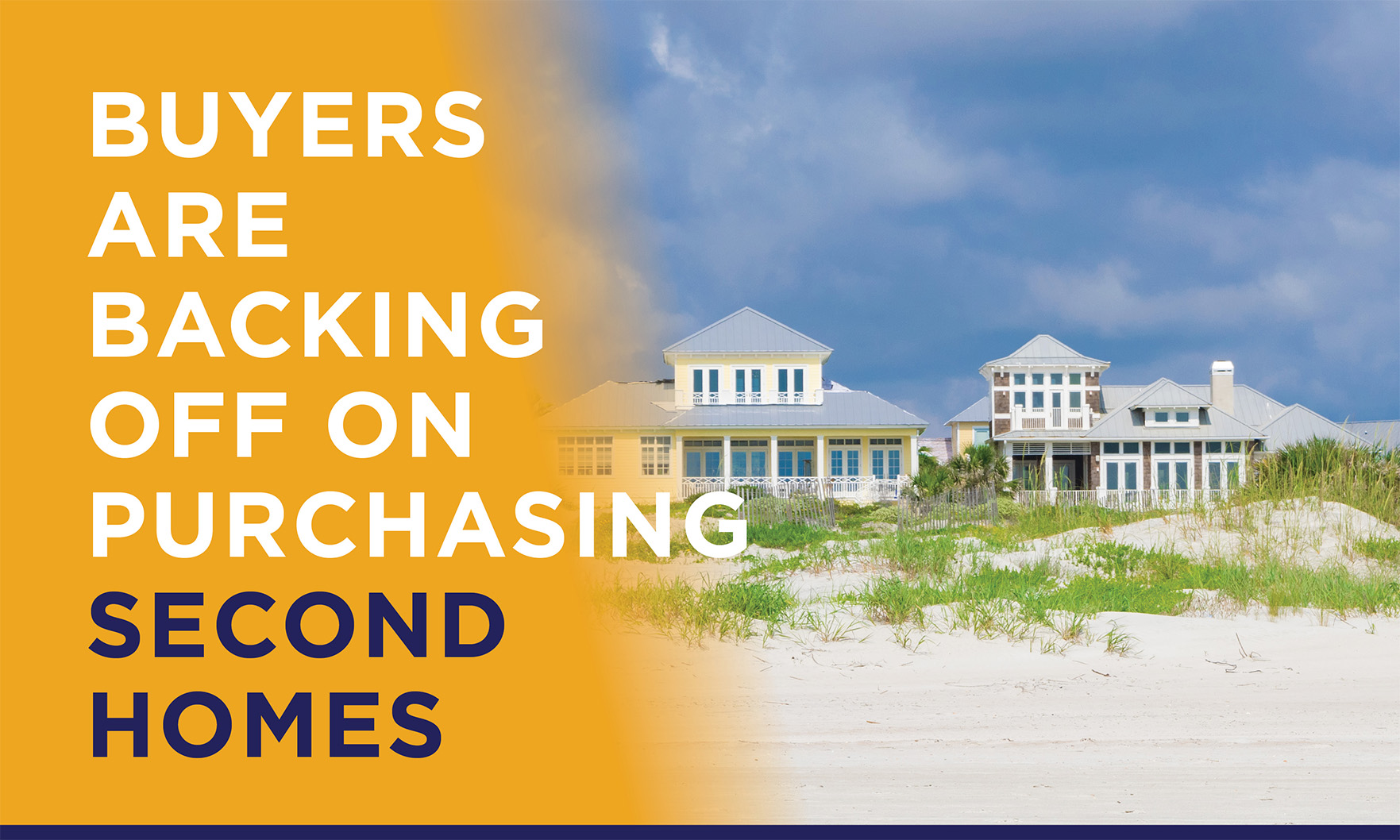Trends
For data-driven stories, to appear under “Trends” menu

The data illustrates the struggle for first-time homebuyers trying to get a foot in the housing door in the country’s largest markets.

Despite a slow start to the spring homebuying season, prospective buyers are showing some resiliency in the face of higher mortgage rates, as seen by two weeks in a row of increasing loan applications.

Homes are selling at record-breaking speed.

Seventy percent of the 185 metros surveyed by the National Association of REALTORS® saw double-digit price gains in the first quarter, compared to 66% in the preceding period.

Overall mortgage-application volume was at its lowest level since 2018, the Mortgage Bankers Association said.

Home prices nationwide continued to climb higher in February compared to 12 months ago, according to the S&P CoreLogic Case-Shiller Indices.

Low inventory and rising interest rates have reduced prospective homebuyer purchasing power.

The report uses 13 data sources and reader feedback to measure states on cost of living, quality of life, health care and other categories.

The study suggests that the best work-from-home conditions include low costs, reasonable comfort and a high level of security.

Rising interest rates and home prices have taken a toll on would-be homebuyers’ purchasing power, leading to increased inventory and another monthly slowdown in sales.

Single-family home starts declined compared to February, while new apartment construction was up, according to government statistics.

Builder sentiment has taken a hit from an unexpectedly sharp increase in mortgage rates and continued disruptions in the supply chain, according to the National Association of Home Builders’ monthly survey.

Median prices increased and average days on the market plummeted in the Puget Sound region during the first quarter of 2022.

If you’re planning to sell your home this spring, get moving. A new report from Zillow says listing it on a Thursday in late April will reap you the greatest reward.

Investor activity showed early signs of slowing during Q4 of 2021, down from the historic highs seen in the second and third quarter, CoreLogic’s latest analysis reveals.

Report finds buyers are backing off from buying second homes, but what’s causing the turnaround?
